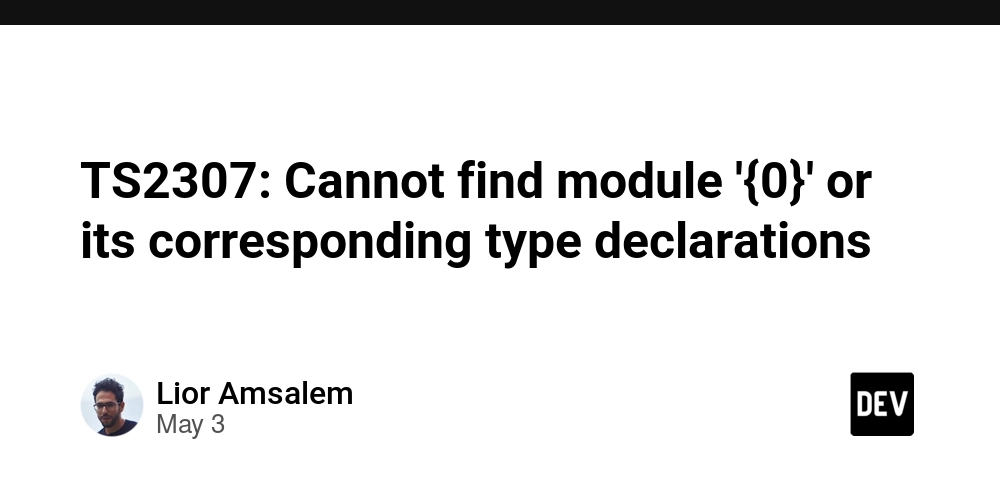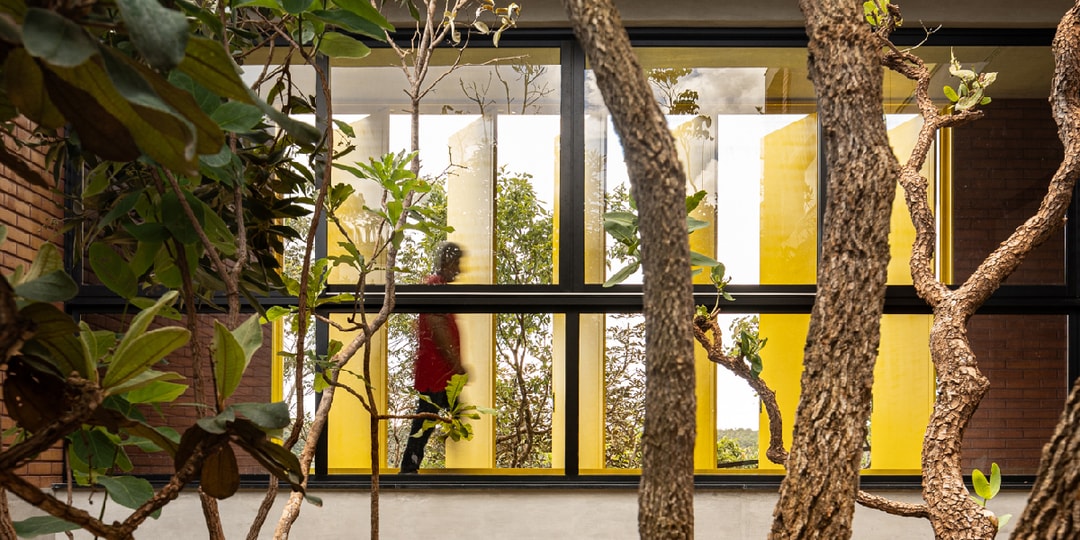Mummified Austrian priest’s rectum played important role in preservation
Archeologists uncovered a very unique preparation method. The post Mummified Austrian priest’s rectum played important role in preservation appeared first on Popular Science.

An exceptionally well-preserved corpse entombed in a small Austrian village’s church crypt has not only provided researchers with a previously unknown method of mummification. An analysis published May 2 in the journal Frontiers in Medicine, also solved the centuries’ old mystery about the mummy’s identity. But the unique preparation techniques involved here aren’t necessarily for the faint of heart.
Mummification is most frequently associated with ancient Egypt, but the practice of intentionally preserving the dead can be traced to multiple cultures throughout history. The Guanche people of the Canary Islands typically mummified all deceased members of their community until the arrival of Spanish settlers in the 14th century, while Aztecs conducted similar rituals for certain rulers and warriors. Catholic and Orthodox Christians also preserved saints and venerated clergy as recently as the 18th century—including the mysterious “Air-Dried Chaplain” of Perg, Austria.

Interred in the church crypt of St. Thomas am Blasenstein roughly 26 miles from Linz, Austria, this particular mummy has long perplexed experts due to its excellent state and mystery identity. Researchers at Germany’s Ludwig Maximilians University of Munich were recently granted access to perform a detailed analysis of the body that included a focal autopsy, radiocarbon dating, and CT scans.
After opening the torso, the team catalogued a variety of locally sourced materials in both the abdominal and pelvic cavities. These included fir and spruce wood chips, branch fragments, as well as fabrics like hemp, flax, and linen. A toxicology report also indicated trace amounts of zinc chloride, a strong drying agent.

“Clearly, the wood chips, twigs, and dry fabric absorbed much of the fluid inside the abdominal cavity,” explained pathologist and study first author, Andreas Nerlich.
How the materials were placed inside the body also differed greatly from more well understood methods (and the squeamish may want to skip ahead).
Instead of opening the body, preparers inserted the embalming ingredients through the rectum. Nerlich’s team theorizes this mummification approach may have been more widespread during that time, but similar bodies simply haven’t held up as well as the example from St. Thomas am Blasenstein.

That said, it wasn’t a perfect job—During the examination, researchers discovered a small glass bead in the mummy with holes at either end. Given it’s the only one they found, the team believes it was part of a monastic fabric that was accidentally left in the body.
Misplaced accessories aside, the team is also now confident about the mummy’s identity: Franz Xaver Sidler von Rosenegg, a local parish vicar who died in 1746. Although long suspected to be Rosenegg, there wasn’t clear evidence linking him to the body. The postmortem analysis indicates the man was between 35 and 45 years old when he died, which aligns with Sidler’s biography. The body’s condition also indicated a high-quality diet that would have matched the vicar’s, based largely on meat, inland fish, and central European grains. A lack of physical activity aligns with his church roles, while there was also evidence of lung tuberculosis near the end of his life indicative of long-term smoking.
“We have some written evidence that cadavers were ‘prepared’ for transport or elongated laying-out of the dead – although no report provides any precise description,” said Nerlich. “Possibly, the vicar was planned for transportation to his home abbey, which might have failed for unknown reasons.”
The post Mummified Austrian priest’s rectum played important role in preservation appeared first on Popular Science.














































































